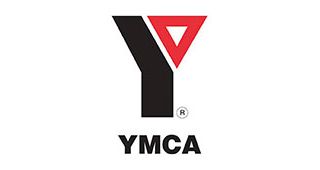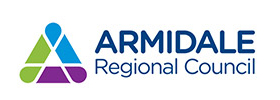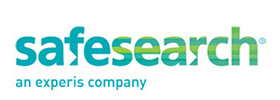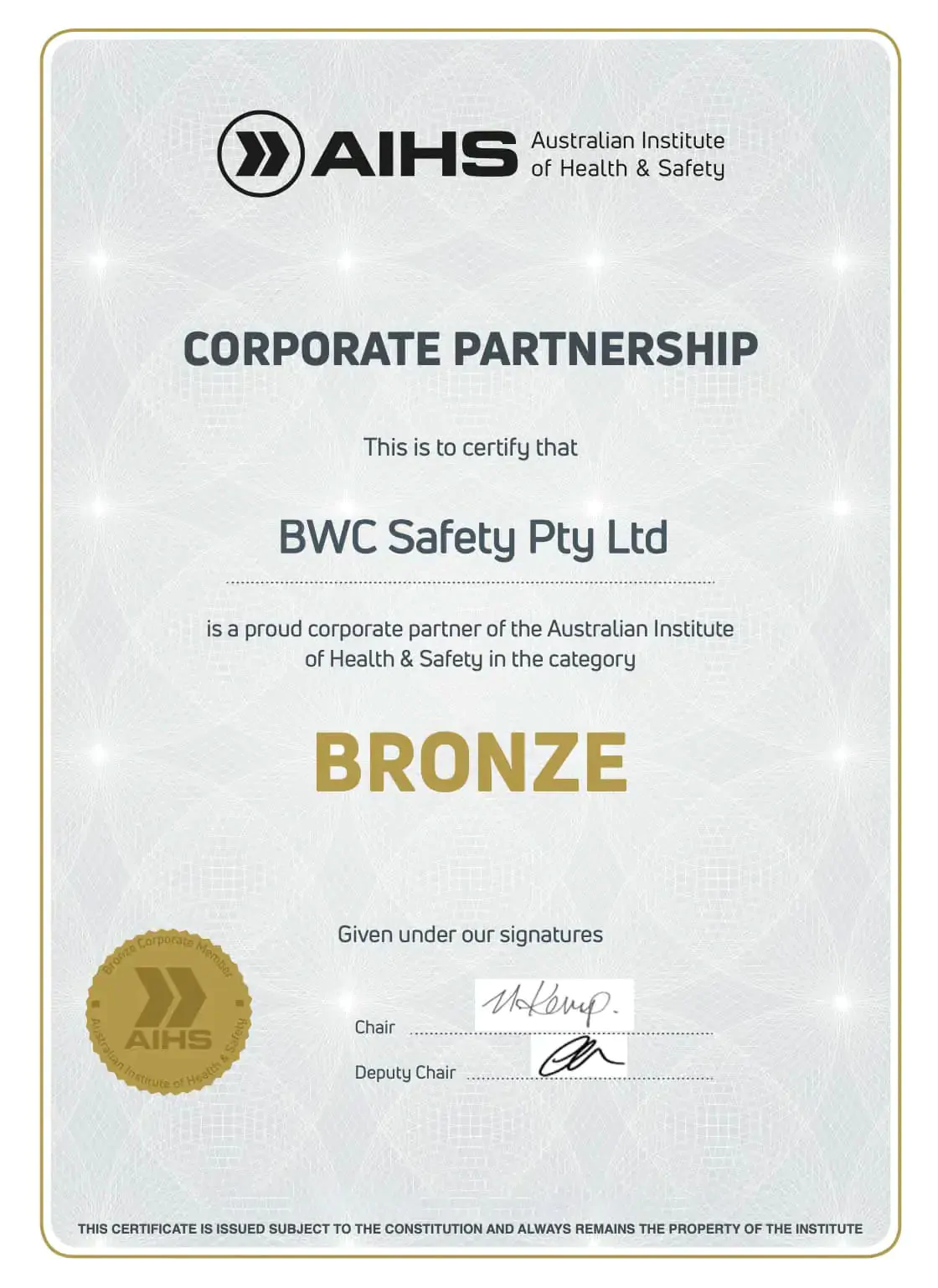Identifying Psychosocial Risks in the Workplace – Trust and Confidentiality are of extreme importance
If you are reading this article you probably understand the legal duty that is placed on all employers to manage psychosocial risks in your workplace in the same manner as all risks are managed. i.e., Firstly, identify the type of psychosocial hazard that is present and then determine the potential severity of the risk, before implementing controls to manage psychosocial risks effectively.

At BWC Safety we regularly help our clients to understand the extent of the problems by conducting confidential one-on-one interviews with their staff. What we repeatedly find is that the levels of trust between management and the employee is not high. Consequently, staff do not speak up if they think that it will potentially blow back onto them.
It is not hard to understand why. Many people have large mortgages and/or high costs of living, and they do not want to risk letting the boss know that they are not coping. So, they remain silent and keep working until the pressure becomes too great.
The extent of the problem has become so bad that the NSW government made psychological health in the workplace a strategic initiative in 2024. According to their statistics, psychological injury claims have increased by 30% between 2019 and 2023. The average cost and time off work in these cases is more than TRIPLE that of physical claims[1].
Identifying psychosocial risk factors in the workplace
Indeed, the first step for the employers is to know how widespread and what kind of problems may be there. SafeWork Australia claims that they can arise from organisation-wide systems, work practices and cultural issues. There is commonly more than one psychosocial risk factor present, and some will be quite apparent while others require a more comprehensive process to identify them and their underlying causes.[2]
Examples of psychosocial risks that are commonly identified in the workplace are shown here:
- Abusive or threatening behaviour
- Bullying or harassment
- Sexual harassment
- Lack of control over the way you work
- Poor job security
- Lack of role clarity
- Poor shift roster
- Lack of support from my supervisor
- A ‘blaming’ culture
- Poor job planning
- Feeling constantly overloaded by how much work I have to do
- Not having enough to do
- Failure to reward or recognise properly
- Poor working relationships between stakeholder groups
Trust and Confidentiality
As in all aspects of Health and Safety legislation, the employer must be able to demonstrate that they have effectively consulted with their workers over the nature and extent of the psychosocial risks that may be present. And there lies the problem….
Consider for a moment how likely it is (or not) that an employee will raise the issue of say, workplace bullying, or being under constant and overwhelming stress, when there can be a high probability that their comments may attract some form of retribution, despite the fact that any type of discriminatory behaviour is in violation of the WHS Act. This highlights the importance of psychological safety measures in the workplace to foster a safe environment for open communication.
The safety regulators have recognised the importance of trust and confidentiality. In the SafeWork NSW Code of Practice for example, it is recommended that employers may do well to engage external safety professionals if there is any concern that information may be filtered or withheld.
Psychosocial Risk Assessments
Our senior consultants at BWC Safety can provide absolute confidentiality and we do our psychosocial risk assessments in a way which allows staff to be open and candid. The feedback we receive makes it clear that issues have often been bottled up for a long time.This psychosocial risk management strategy serves as a cathartic exercise that does some good is the simple act of sharing their burden with someone who cares and will help without compromising their anonymity.
Moreover, the aggregated information that is gained through confidential interviews allows us to assess the likelihood and potential severity of each psychosocial risk. This means we are close enough to work with the organisation and find the most effective solutions.
We sometimes hear employers attempt to downplay the importance of trust and confidentiality, preferring to avoid the small effort required for confidential interviews. They say things like ‘we run confidential surveys’ or ‘we’ve got a complaints box’.
However, repeatedly we hear from their staff that they do not trust these processes, claiming that ‘they will know who made the comment’. From experience, we know that it takes considerable skill and practice to be able to aggregate staff feedback into an organisation-level psychosocial risk assessment, in a manner that identifies the issue but not the person.
Psychosocial risks effective interventions
From our work with firms of all sizes, we have found that employers should be confident that psychosocial risk factors can be identified, their potential severity assessed, and effective controls introduced and monitored.
There are a range of successful intervention strategies, which combine to minimise the likelihood that psychosocial risks will manifest themselves. These include:
- Employee Assistance Programmes (EAPs)
- In demonstrating management commitment to reducing work related stress and anxiety. It can be accomplished by way of a mix of workplace policies and regular interactions with staff.
- Effective Health and Safety committees go a long way to identifying emerging issues before they become major problems.
- The sort of regular mental health initiatives, such as the national RU OK? Day.
- Partnering with either national mental health organisations such as the Black Dog Institute or Beyond Blue.
Conclusion
Government research makes it clear that mental health incidents are increasing at an alarming rate. Business owners and executives have a legal duty to minimise the degree of psychosocial risk so far as is reasonably practicable. But regulators have now started to take a tougher line with businesses that fail to deal with these risks.
There is clear evidence that maintaining trust and absolute confidentiality when seeking feedback from staff is a key to success when identifying psychosocial risk factors that may be present. Once that candid feedback has been obtained, there are effective psychosocial risk management strategies available which may eliminate or at least minimise the effects of psychosocial risks in the workplace.
Contact us for help managing psychosocial risks
[1] NSW Government. “Psychological Health and Safety Strategy 2024 – 2026” p7. 2024
[2] SafeWork Australia. “Code of Practice – Managing Psychosocial Risks in the workplace.” 2021
Make an Enquiry
Ensure your organisation isn’t making critical WHS mistakes by getting expert advice before it’s too late.

















